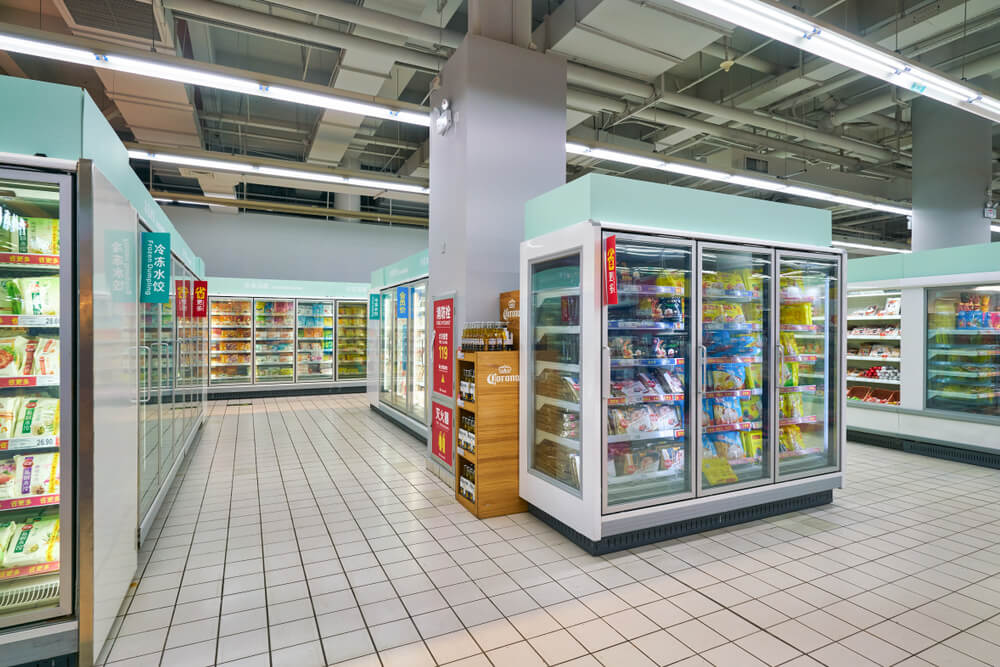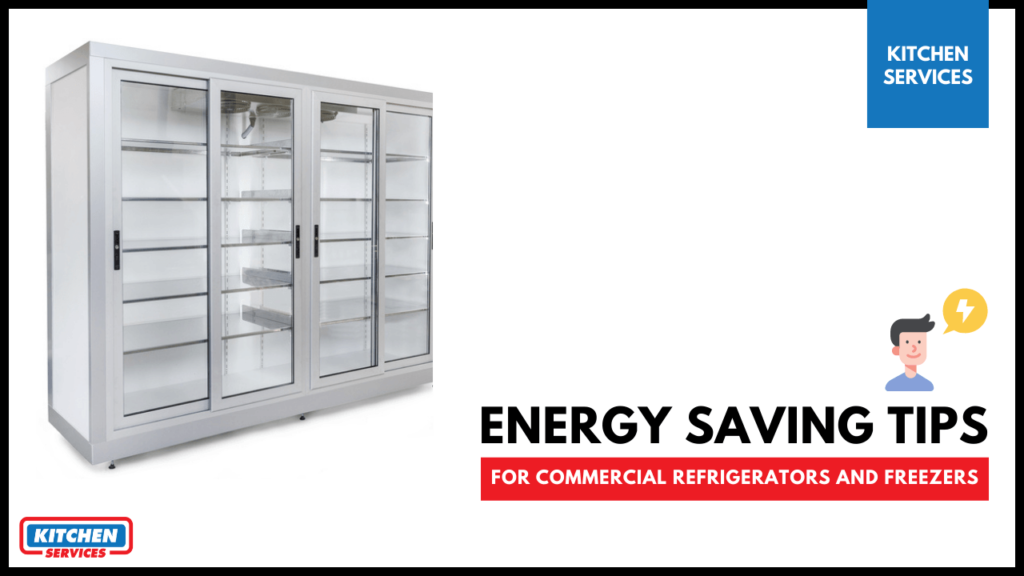As we are aware of the fact that commercial refrigerators and freezers are really very important for grocery stores, restaurants, and other businesses in the food industry, but with this importance there comes the critical element of these machines, that is the energy usage. Some energy saving tips for commercial refrigerators will help a lot of people who are using these appliances.
This electrical device consumes a lot of energy as they operate all day long to keep our food and other products cold. Other typical commercial refrigerators utilize up to 17,000 kilowatt-hours of electricity whereas these large commercial freezers and refrigerators utilize up to 38,000 kilowatt-hours, which results in high energy bills. For this purpose and to save businesses from spending too much money on energy, the Energy Department has announced the new standards that are made especially for making commercial refrigerators and freezers 30% more efficient if we compare them to 2009 standards. Apart from the new standards, there are a lot of different ways these businesses can lessen the energy use of commercial refrigerators and freezers.
Energy Saving Tips for Commercial Refrigerators

1. Clean Condenser Coils
- Clean the condenser coils every 3-6 months to ensure efficient heat exchange. Dust and dirt buildup can force the unit to work harder, increasing energy consumption.
2. Control the Temperature
- Maintain the recommended temperature range: 35°F to 38°F (1.6°C to 3.3°C) for refrigerators and -10°F to 0°F (-23.3°C to -17.8°C) for freezers. Avoid lowering temperatures unnecessarily, as it wastes energy.
Also Read: Walk in Refrigerator Temperature Guidelines
3. Defrost Regularly
- Manually defrost your refrigerator if it’s not equipped with an automatic defrost function. Ice buildup reduces cooling efficiency and increases energy use.
4. Check Door Seals Regularly
- Inspect door gaskets for cracks or damage to ensure they seal tightly and prevent cold air from escaping. Replace faulty seals immediately.
5. Keep Doors Closed
- Minimize door openings and close them promptly to prevent loss of cool air. Consider installing automatic door closers or alarms to ensure doors aren’t left open.
6. Preventative Maintenance
- Regularly service your refrigerator to keep it running efficiently. This includes inspecting motors, fans, and electrical connections to avoid unexpected malfunctions and energy waste.
7. Consider Location of Your Refrigerator
- Place refrigerators in cool, well-ventilated areas, away from heat sources like ovens, stoves, or direct sunlight. Heat exposure forces the refrigerator to work harder to maintain its internal temperature.
8. Check the Seals
- Routinely inspect and replace seals on both the refrigerator and freezer doors. Well-maintained seals help retain cold air, reducing the energy required to cool the unit.
9. Consider Adding Night Curtains
- For open-display refrigerators, use night curtains during off-hours to trap cold air inside. This reduces the load on the compressor and decreases energy consumption overnight.
10. Upgrade to Energy-Efficient Models
- Replace older units with ENERGY STAR®-rated refrigerators, which use less energy and have high-efficiency components, such as compressors and insulation.
11. Ensure Proper Airflow
- Leave 2-3 inches of space around the refrigerator for adequate ventilation. Blocked airflow forces the unit to work harder, raising energy use.
12. Use LED Lighting
- Replace traditional lighting with LED bulbs, which generate less heat and consume less electricity.
Commercial Refrigerators Basics
Most of restaurants use a combination of the two most common types of commercial refrigerators and freezers and that is:
- “Walk-in”: this is sort of a sealed room for storing goods that are in the bulk amount that can be walked into to be selected.
- “Reach-in”: this one is a small and independent unit that can easily be gained access to very conveniently by opening its doors.
There are many different kinds of solutions that are available for both types of these freezers that range from full rebuilds or new energy star models to small changes that can help in improving the productivity of a particular unit at a little cost. The basic first step towards environmental commercial refrigeration is purchasing energy efficient commercial refrigerators.
Energy saving tips FAQs
Do all freezers consume a lot of electricity?
According to a recent study, a freezer consumes 300 to 700 watts of energy. If it is a 13 cubic foot frost-free freezer, it will use up to around 300 watts, whereas a 20 cubic foot freezer will cost 350 watts in total. Commonly, the newer versions of freezers have lower power consumption than the older generation’s models.
What are the most efficient commercial refrigerator designs?
According to the research, the most energy-efficient commercial refrigerators style is a top-mount freezer refrigerator. And yes, this does matter when it comes to selecting the perfect freezers for your businesses.
Is a full refrigerator more energy efficient?
According to researcher Jacob Talbot of the nonprofit American Council for an Energy-Efficient Economy (ACEEE). “A full refrigerator doesn’t decrease energy use”, he explained that the foodstuff in your fridge most likely does not displace enough space to reduce the amount of energy needed to keep it chilled.
How much electricity does a commercial freezer use?
The electricity usage of a commercial freezer varies depending on its size, type, and efficiency. On average, a commercial freezer consumes between 2,500 kWh and 8,000 kWh per year.

